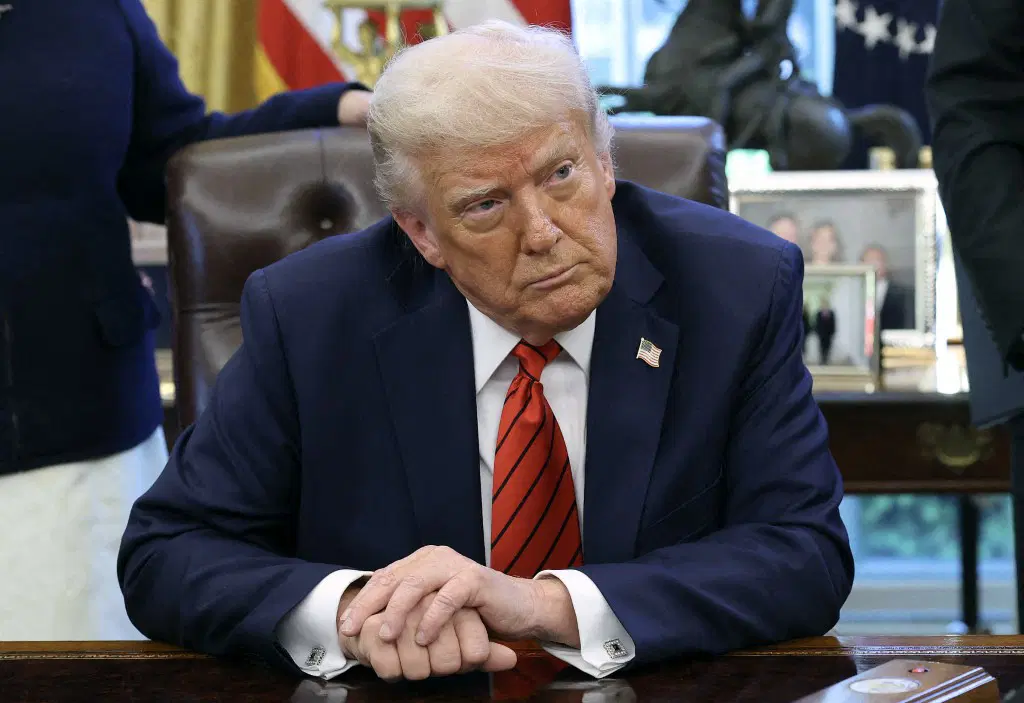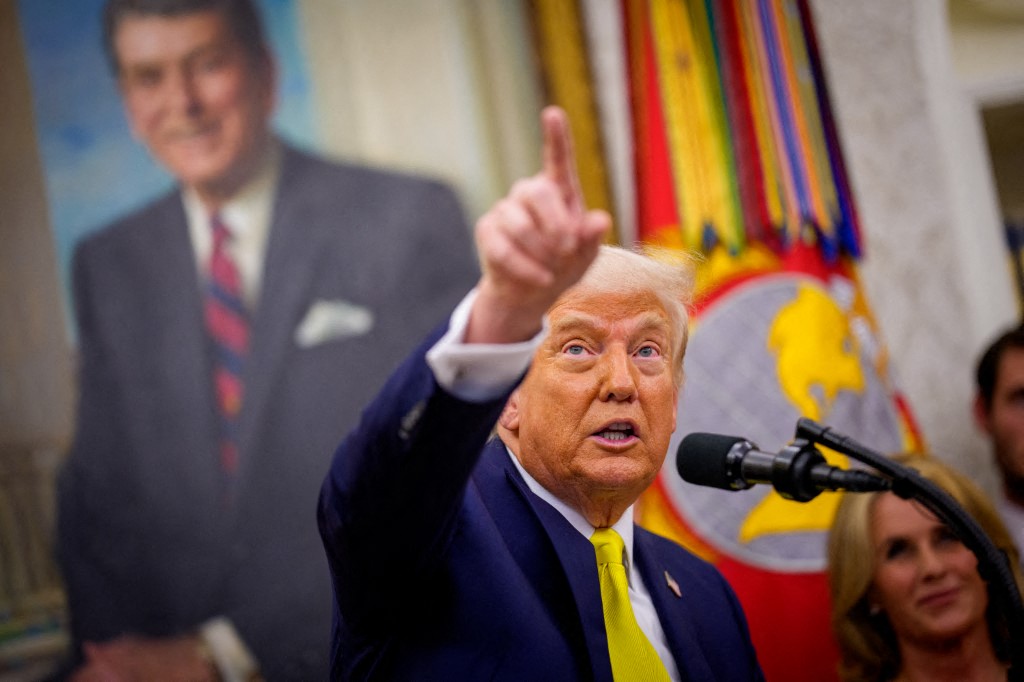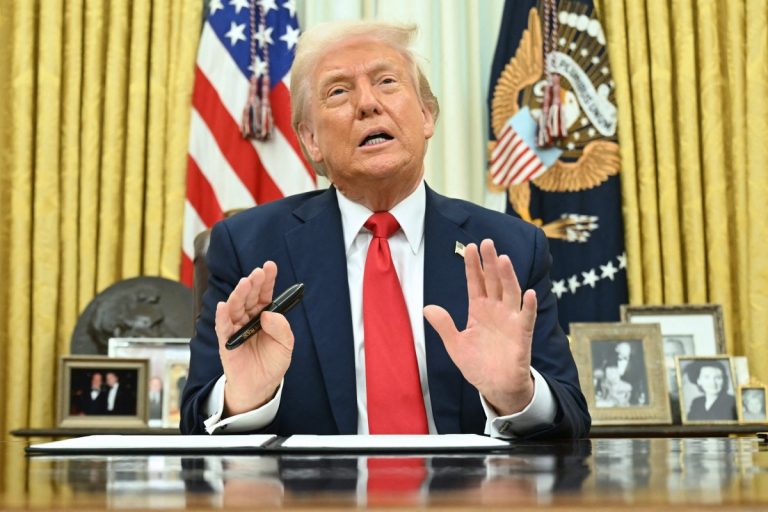The United States has enacted sweeping 50% tariffs on a broad range of Indian exports—doubling the previous 25% rate—as of Wednesday, in a punitive response to India’s continued purchases of Russian oil.
This move has sharply escalated tensions between the two strategic partners.
According to Reuters, this combined levy affects 55% of India’s U.S.-bound trade, valued at approximately $87 billion.
Analysts warn the tariffs could slash export orders by 30%, delivering a severe shock to India’s small and medium-sized exporters.
Reports that sectors known for labor-intensive exports—like textiles, jewelry, seafood, and leather—stand to be especially impacted.
These industries are already experiencing “order cancellations” and see competitors in Bangladesh and Vietnam poised to benefit.
The steep tariffs have triggered more than just trade woes. Politico dubs this a deep low for U.S.–India relations, fueled by Trump’s aim to penalize New Delhi for “profiteering” from Russian oil—a strategy critics view as inconsistent compared to China, which faces fewer tariffs despite higher oil imports.
“One of the most troubling developments in the Trump tariff saga is how India moved from a promising candidate for an early trade deal to a nation facing among the highest tariffs imposed by the US against any trading partner,” said Wendy Cutler, senior vice-president at the Asia Society Policy Institute.
She warned, “The high tariffs have quickly eroded trust between the two countries, which could take years to rebuild.”




